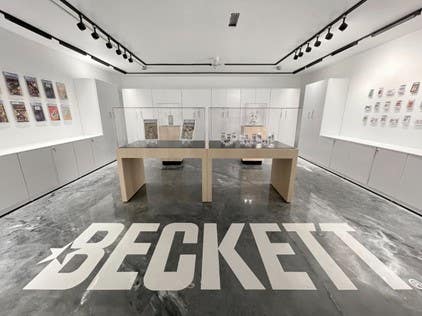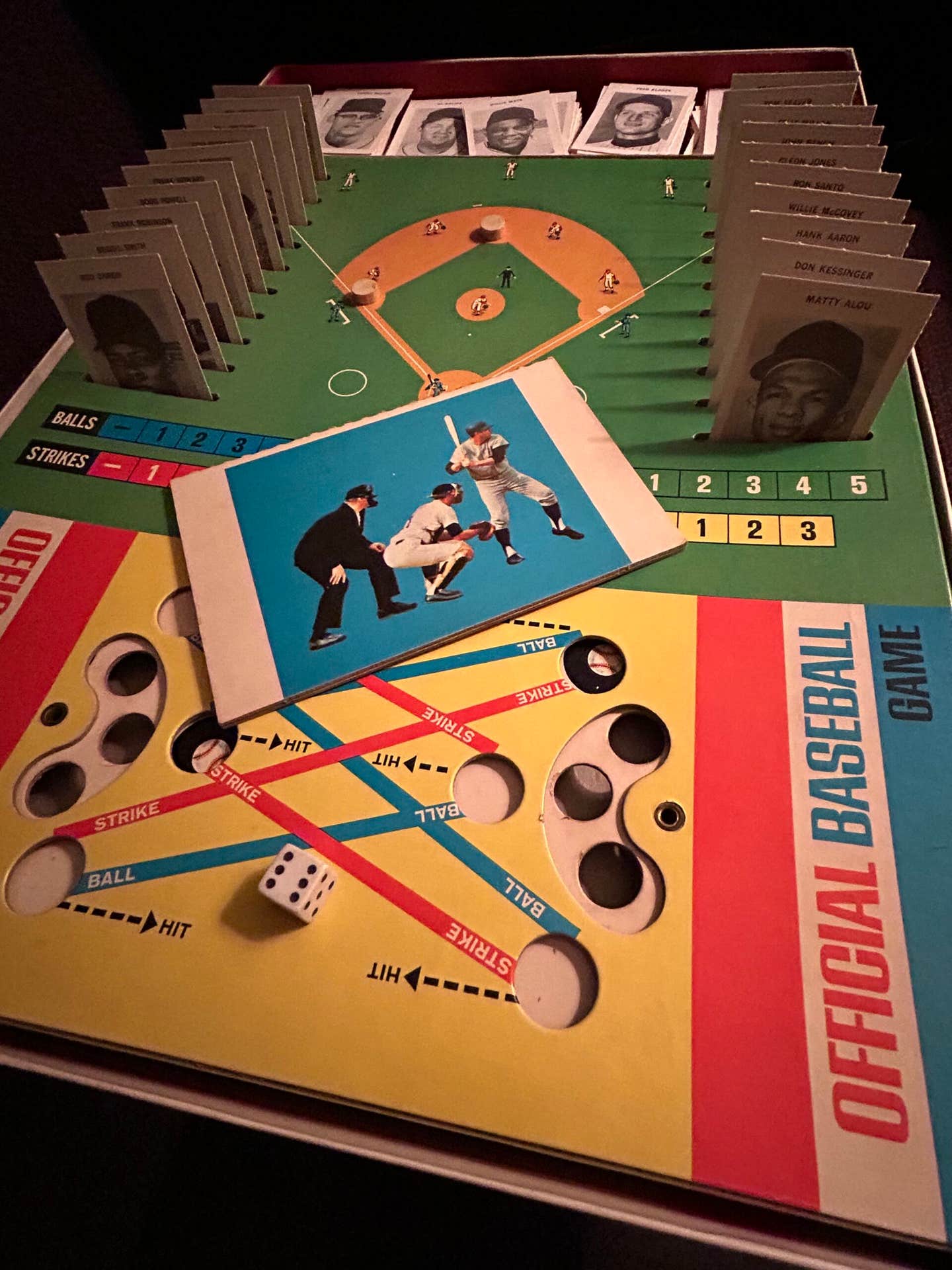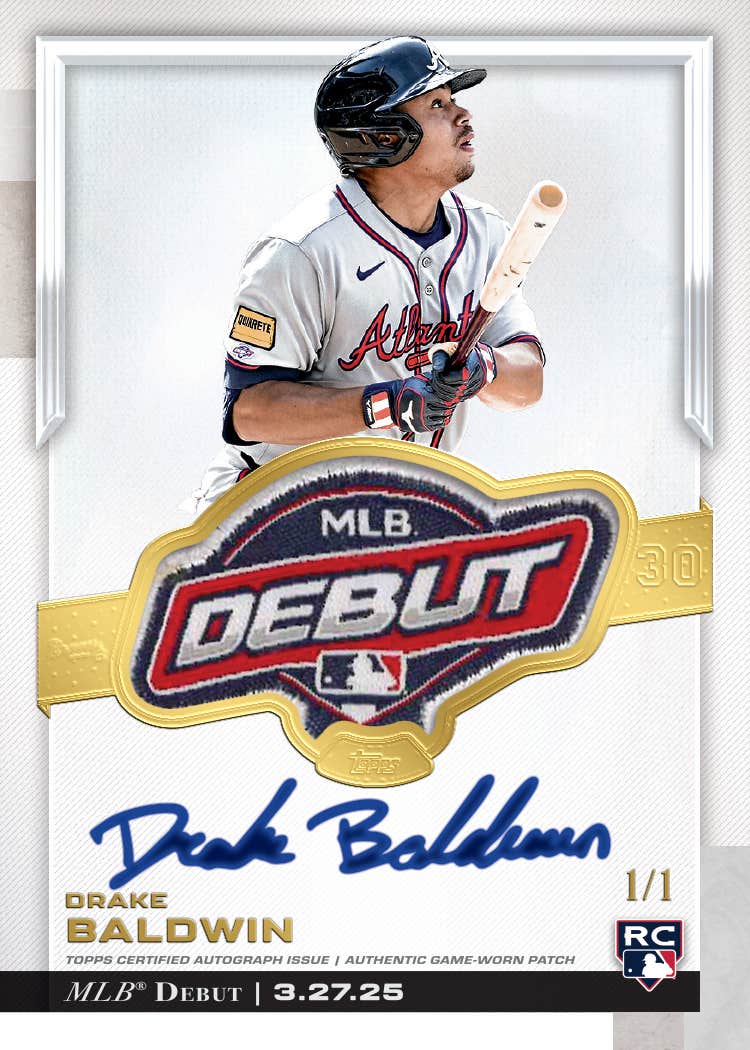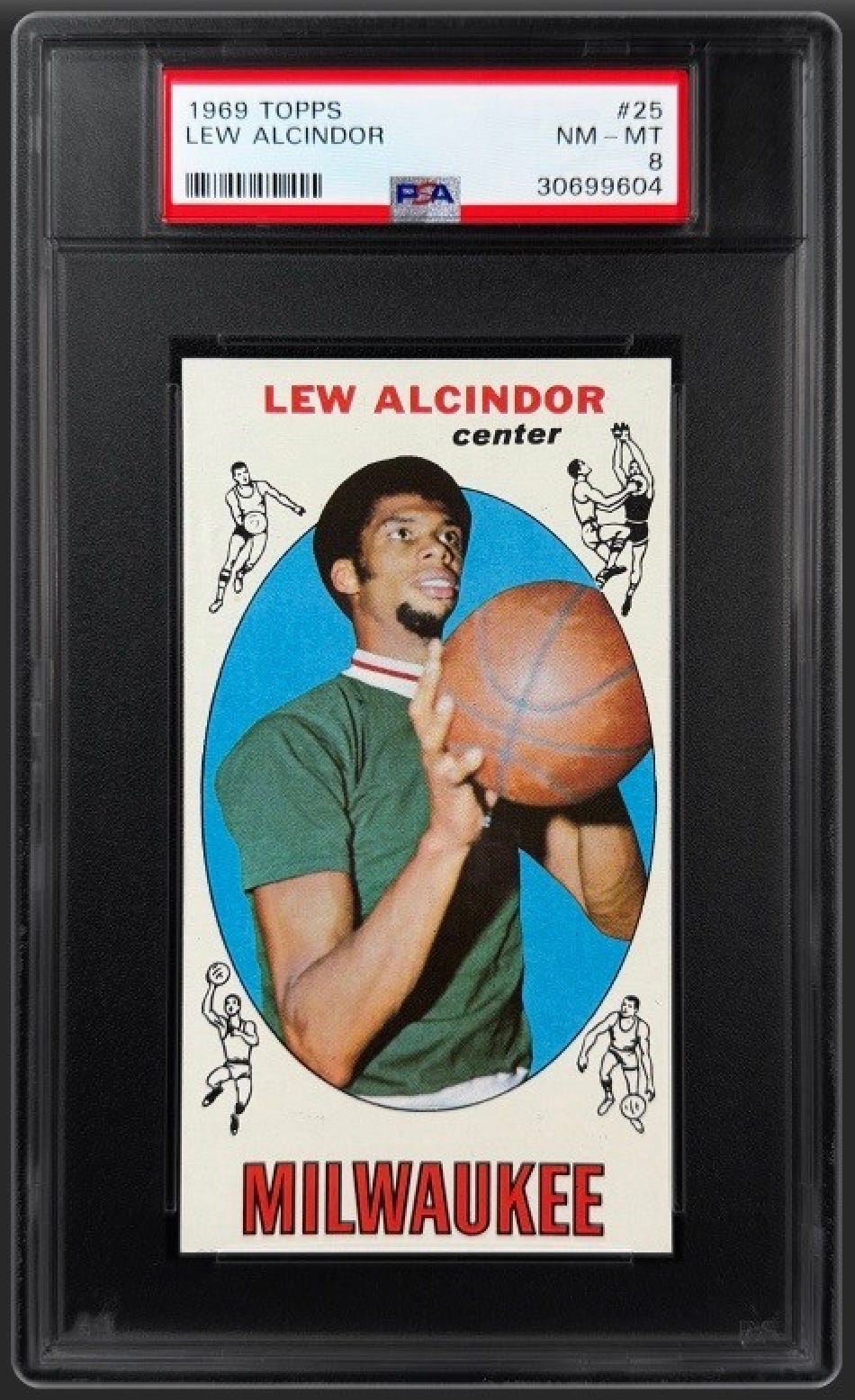Profiles
Meet the Original Mr. Met
Dan Reilly has all kinds of memorabilia from his nine years in the New York Mets promotions and ticket offices.
The list includes a 1969 World Series program, a World Championship ring and a nice collection of photos of himself with favorite players such as Tug McGraw, Bud Harrelson and Ron Swoboda.
The most important artifact, however, is a major part not just of Mets history, but the history of Shea Stadium, which closed its doors at the end of the 2008 season.
Reilly was the original “Mr. Met,” the first official big-league mascot, preceding the Phillie Phanatic and San Diego Chicken.
The papier-mâché head is still stored by the Mets, but it arguably belongs in Cooperstown because of the trend-setting place it had in the game’s evolution.
The mascot’s origins are documented in Reilly’s book, The Original Mr. Met Remembers: When the Miracle Began ($13.95), which itself is a must-have collectible for any serious fan of this franchise, whose early years were among the most colorful and entertaining in baseball’s long and glorious history.
Dan Reilly (right), the “Original Mr. Met,”
signs a pennant and copy of his book for
Sean Brant of Ballston, N.Y. (Paul Post photo)
“There’s the famous story of Marvelous Marv Throneberry who hit a bases-loaded triple and missed first and second base,” Reilly recalled with a laugh. “That’s a true story. The late umpire, Tom Gorman, told me his side of the story. He was the crew chief.
“They had 50,000 people at the Polo Grounds, playing a Sunday doubleheader, and Throneberry hits a triple with the bases loaded. He missed first and second base. One umpire came over and said, ‘Tom, he didn’t touch first base.’ The other umpire said, ‘He didn’t touch second.’ ”
“Well, who’s going to tell Casey?” Gorman asked.
“You’ve got to tell him, you’re in charge,” the first two umps said, wanting no part of the job.
Walking over to the Mets skipper, Gorman took a deep breath and said, “Casey, you know he didn’t touch first or second.”
“Yeah,” Stengel replied defiantly. “But he touched third base, because he’s standing on it!”
Reilly had numerous personal encounters with the Hall of Fame manager, whose personality couldn’t have been better suited for the hapless club whose 120 losses in 1962 still stands as a record for futility.
Met marriage
When the Mets first joined the majors, Reilly was working in the airline industry when he and a group of friends flew to St. Petersburg, Fla., to witness the team’s first-ever spring training.
“That’s how I became involved,” Reilly said. “We were the first batch to go down there and root for the Mets before they came north. That’s how this marriage began.”
Reilly landed his first job with the team in the winter of 1963-64, when workers were still getting “Big Shea” ready for its inaugural campaign. In fact, he was selling season tickets, and stadium seats still hadn’t been installed.
The sparkling new ballpark hosted the 1964 All-Star Game, and directly across the street, millions of people were touring the New York World’s Fair. The next year, on July 24, 1965, Reilly was at Stengel’s side, dressed up as “Mr. Met” for Casey’s 75th birthday party with a cake and celebration at home plate. That night, Stengel broke his hip when he slipped and fell at a popular New York restaurant, Toots Shor’s, ending his career as one of baseball’s most intriguing figures.
A month later, after recuperating back home in California, the Mets brought him back to New York for a retirement party in his honor, and Reilly was assigned to pick up Casey and his wife, Edna, and bring them to Shea Stadium.
“I met them at the Essex House with the driver,” he said. “So they’re sitting in the back and she’s got this World’s Fair brochure and she’s asking me all kinds of World’s Fair questions. He’s asking me who’s going to be at this party. So I would say Joe McCarthy, and he would go all through this long story about a trade that he made way back in 1928. I should have taped it. It was classic.
“I’m trying to answer her questions about the Fair, and he’s asking questions about Joe McCarthy and Joe DiMaggio all the way from the Essex House (in Manhattan) to Shea Stadium (in Queens). He was who you think he was. Colorful, but always sharp. Always on.”
Rise to the top
During his nine seasons with the team, Reilly witnessed an incredible transformation that saw the “Amazins” go from perennial cellar-dwellers to the “Miracle Mets” who stunned baseball by winning the 1969 World Series.
Little by little, new young talent was brought in to replace aging stars, such as Warren Spahn and Duke Snider, who had brief stints with the Mets toward the end of their careers, offering nostalgia and box-office appeal without much on-field success.
“I’ll never forget the first time we went into first place in our history,” Reilly remembered. “It was Tom Seaver who said, ‘What’s the big deal? Let’s go all the way on this thing.’ He and (Bud) Harrelson and (Jerry) Grote were the guys who said, ‘Hey, this is for real!’
“We went into first place and we never looked back. I got a ring out of it, a World Series ring. During the World Series itself, I was very involved behind the scenes. I was kind of the goodwill guy, dealing with VIPs, showing them to their seats. That was my job.”
The celebrities he dealt with included Pearl Bailey, the great singer, who was performing in New York at the time in the Broadway production “Hello Dolly!” Bailey was at Shea Stadium for Game 5 of the Series to sing the National Anthem.
Reilly will never forget one incident with starting pitcher Jerry Koosman that epitomized how optimistic and relaxed the Mets were prior to taking the field, needing just one more victory to capture the most improbable World Championship ever.
“I was getting ready to take Pearl Bailey to her seat behind the dugout and Koosman had just finished doing his warm-ups in the bullpen and came around the runway, getting ready to go out to home plate to make his appearance,” Reilly said. “I introduced him to Pearl Bailey, and if we win, she’s inviting everybody – the whole team – to see ‘Hello Dolly!’ So Koosman is on his way to the dugout and he says, ‘Does that include wives?’
“That’s all he’s worried about,” Reilly laughed. “We couldn’t get over it. Here you’ve got 55,000 people, 20 million ready to watch on television and he’s concerned about whether the wives are invited to see ‘Hello Dolly!’ That’s how loose they were.”
Of course, the Mets did win, igniting one of the wildest celebrations in New York sports history, as thousands of fans stormed the field in euphoric bedlam. Next to Mookie Wilson’s ground ball that Bill Buckner booted in the 1986 Fall Classic, that 1969 melee is probably the most unforgettable moment in Shea Stadium’s 45-year history.
Reilly’s favorites
Next spring, the team will move into new Citi Field, which has sprung up just outside Shea’s left-center field fence.
“I’m excited about it,” Reilly said. “It looks great. I see it all the time. I really wish them luck with that.”
The new ballpark is reminiscent of Ebbets Field, hearkening back to New York’s “Golden Age” of baseball when the city had three major league teams.
Reilly grew up following the Brooklyn Dodgers, but still considers Willie Mays the greatest player he saw play the game. Legions of loyal Giants fans packed the Polo Grounds and Shea Stadium whenever San Francisco came to New York, and Mays was the main attraction.
“The only one close, who was exciting in my days with the Mets, was Roberto Clemente – the way he played the outfield,” Reilly said. “But there was only one Willie Mays. He’d get a single, steal second, steal third, manufacture runs. Then the Mets finally got him. Mrs. (Joan) Payson was our original owner. She was a big Willie Mays fan. She’s the one who got Willie Mays back for his final two years.”
The Mets won their second pennant in 1973, the “Say Hey Kid’s” final season. Reilly, however, had already left the team the year before, accepting a job with the NBA’s Nets before they moved to New Jersey. When that happened, Reilly got out of professional sports altogether and went into the restaurant business.
For three-and-a-half decades, he entertained friends and acquaintances with all kinds of stories about his fascinating days with the Mets. Naturally, more and more people said, “You ought to write a book.”
So he did.
“I got a lot of encouragement from a lot of people,” he said. “I just got on the word processor and told the stories as I remember them. That’s what prompted me to do it.
“It’s all my experiences through my eyes as Mr. Met.”








